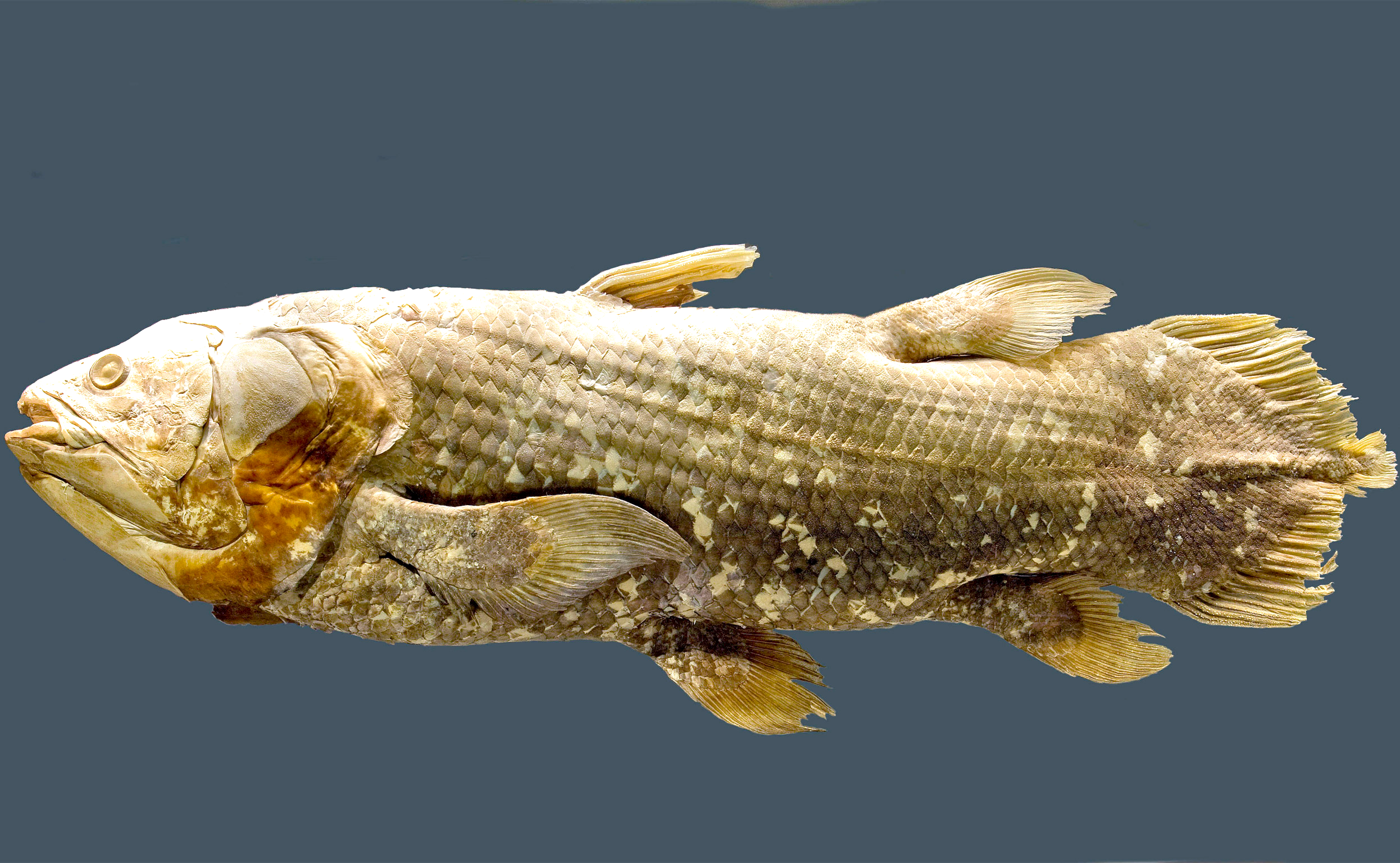The 'living fossil' coelacanth fish left behind by evolution
One of the few species to have hardly changed in tens of millions of years

A deep-sea fish which became known as a “living fossil” has not changed in appearance since before the time of the dinosaurs with the help of an extraordinary genome that is barely evolving, a study has found.
The coelacanth, which lives in deep-sea caves off the coast of Africa, was once known only from its fossils and so was thought to have gone extinct at least 70 million years ago until a recently-dead specimen was discovered by South African fishermen in 1938.
It is one of the few species to have hardly changed in tens of millions of years and now scientists believe this physical stability is mirrored in the coelacanth’s genome – the 3 billion “letters” of its DNA code.
“We found that the genes overall are evolving significantly slower than in every other fish and land vertebrate that we looked at. This is the first time that we’ve had a big enough gene set to really see that,” said Jessica Alföldi, a research scientist at the Broad Institute of MIT and Harvard in Massachusetts.
Charles Darwin first coined the term “living fossil” to describe species that have endured unchanged due to limited competition with other animals. However, Dr Alfoldi said that the description is not always helpful because it suggests a relic from the past that has been brought back to life.
“It's not a living fossil; it’s a living organism. It doesn’t live in a time bubble; it lives in our world, which is why it’s so fascinating to find out that its genes are evolving more slowly than ours,” she said.
Coelacanths grow about four feet long and have conspicuously fleshy fins that resemble the limbs of four-legged land animals with backbones, the vertebrate “tetrapods” such as frogs, lizards and mammals. This and their ancient lineage suggested they may be closely related to the first fish that made the evolutionary transition from sea to land.
Scientists have speculated as to whether the unchanging physical appearance of the coelacanth was truly because it was evolving slowly, or whether its DNA was somehow evolving just as rapidly as other species.
The complete coelacanth genome shows that the genes do indeed match the fish’s appearance in terms of slower evolution, the researchers say in a study published in the journal Nature.
The genes of the coelacanth have a lower rate of “substitution” – a type of mutation – than other animals with backbones, which may reflect the fact that they do not need to evolve quickly because they live in the relatively unchanging environment of deep-sea caves where there are few predators, the researchers say.
“We often talk about how species have changed over time. But there are still a few places on Earth where organisms don’t have to change, and this is one of them,” said Kerstin Lindblad-Toh, scientific director of the Broad Institute’s vertebrate genome biology group, a co-author of the study.
“Coelacanths are likely very specialized to such a specific, non-changing, extreme environment – it is ideally suited to the deep sea just the way it is,” Dr Lindblad-Toh said
A genome analysis also found that the coelacanth is unlikely to be directly descended from the first fish to walk on land. A more likely candidate is the lungfish, which are closely related but have a much more complicated genome, the scientists said.
Join our commenting forum
Join thought-provoking conversations, follow other Independent readers and see their replies
Comments
Bookmark popover
Removed from bookmarks